
views
Closing Tabs on Android and iOS

Tap the tab display button. This button is a number (reflecting the number of tabs you have open) inside of a square and is located in the upper right corner between the search bar and the menu button. The mobile Chrome app does not support multiple windows, only tabs. Tablets will display tabs similarly to the desktop interface and will not use the tab display button.

Tap the ‘x’ icon in the upper right corner of a tab to close it.

Close all tabs at once. Alternately, you can open the Settings menu (vertical ellipses) after opening tab display and select “Close All Tabs” from the list.

Close Incognito tabs from the homepage (Android only). If you turn off the screen (power button) with an incognito tab open, you will see a “Close Incognito Tabs” notification when turning the screen back on. Double tap this notification and you will be returned to the home screen with all incognito tabs closed. Incognito tabs can also be closed using the same methods as regular tabs.
Closing the Chrome App on Android

Tap the ‘recent app view’ button. This button is typically located on the bottom right of the screen and will look like a square or overlapping squares depending on your phone/tablet. Tapping this will display a list of recently used apps.

Swipe up or down to scroll through your recent apps.

Swipe the Chrome window to the right. This will close the app and stop it from running in the background. Alternately, tap the ‘x’ button. This button may appear in the upper right corner of the app window in the ‘recent app view’ if you are running Android 6 or later.
Force Quitting Chrome on Android

Open the Settings app. This is represented by the gear icon and will open a list of phone settings.

Tap “Apps”. This button is listed under the “Device” section in the settings menu and will take you to a list of apps on your device.

Tap “Chrome” from the app list. The apps are listed in alphabetical order.

Tap “Force Stop”. This will terminate the Chrome process running on your device. This should mainly be used if the app has frozen or if you are experiencing difficulties with the app process.
Closing Chrome on iOS

Double-press the Home key. This will bring up a list of recently used apps.

Swipe left or right to scroll through your recent apps.
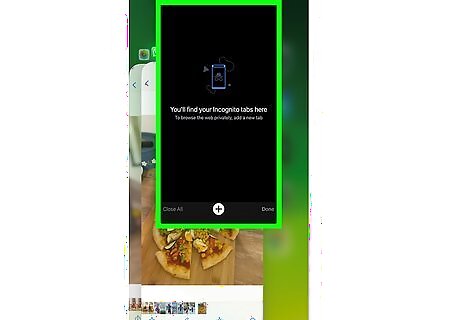
Swipe up on the Chrome window. This will stop Chrome from actively running in the background.
Force Quitting Chrome on iOS

Double tap the Home key and select Chrome fro the list of recent apps. If Chrome has frozen or become responsive, then Chrome is probably already currently in use.
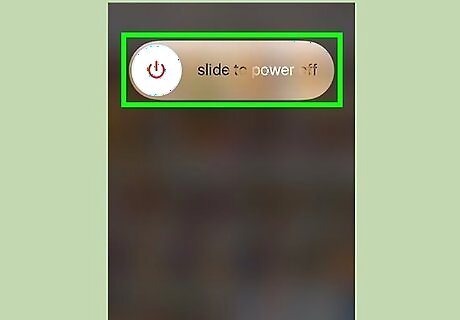
Press and hold the power button. After a couple seconds, the “Slide to power off” switch will appear.

Press and hold the Home button. This will force quit whichever app is currently in use and return you to the home screen.
Closing Chrome Tabs, Windows, and Processes on Desktop

Click the ‘x’ icon on a tab. This icon is located on the right side of each tab and will close only that tab. To close the currently selected tab using keyboard shortcuts, press Ctrl+W for Windows and Linux, and ⌘ Cmd+W for Mac. You can close all tabs at once in the selected window with Ctrl+⇧ Shift+W/⌘ Cmd+⇧ Shift+W

Click the "X" in the corner of the window. On Windows the ‘x’ is located in the upper right and will close the program unless there is a second window open. On Mac the ‘x’ is located in the upper left and will close the window but leave the process running. Multiple windows can be opened by pressing Ctrl+N/⌘ Cmd+N or by clicking a dragging a tab out of the tab bar. Each window supports multiple tabs.
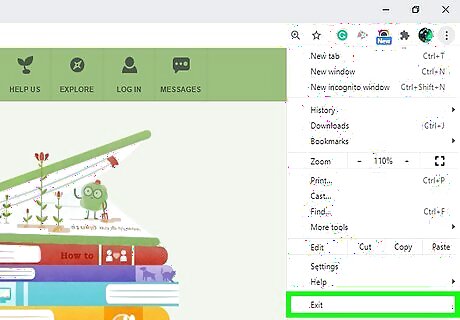
Click the "≡" button and select “Exit”. This button icon located on the upper right of the window. This will close all windows and tabs and end the process. Windows keyboard shortcuts Ctrl+⇧ Shift+Q or Alt+F4+Q will also work. Mac keyboard shortcut ⌘ Cmd+Q will also work.
Force Quitting Google Chrome on Desktop
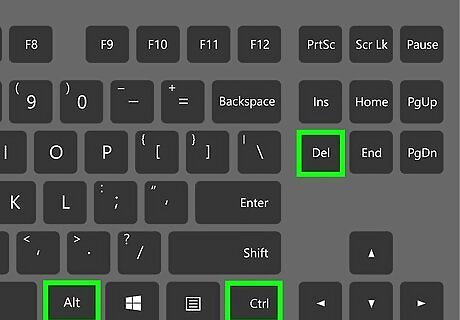
Open the Task Manager/Force Quit Menu. Press Ctrl+Alt+Del (Windows) or ⌘ Cmd+⌥ Option+Esc (Mac). If the browser is not responding, you can use this keyboard shortcut to access all processes running on your computer.
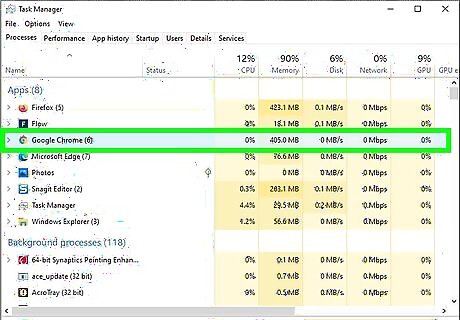
Select Google Chrome from the list of processes.

Terminate the process. Press “End Task” (Windows) or “Force Quit” (Mac). This button is located in the lower right corner of the task manager window Terminating a process can cause you to lose unsaved work or progress and should only be used if the application is unresponsive and cannot be closed normally.















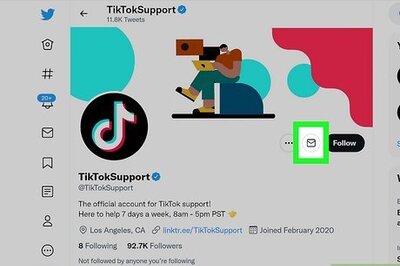

Comments
0 comment